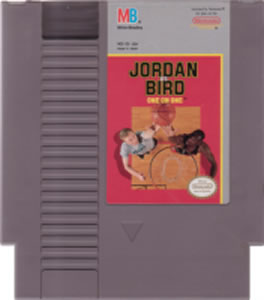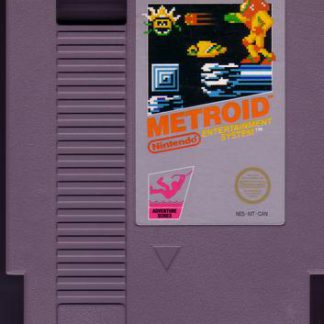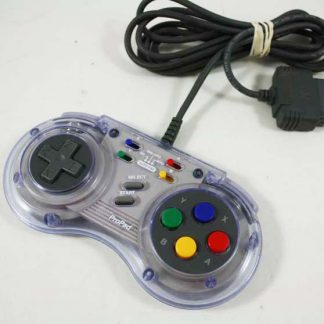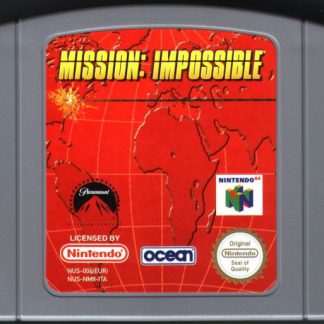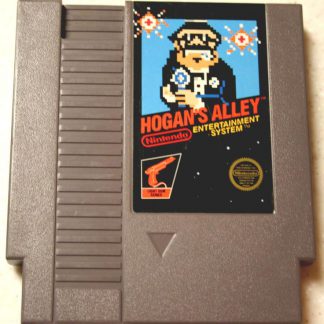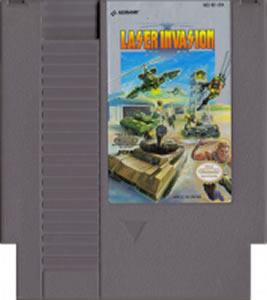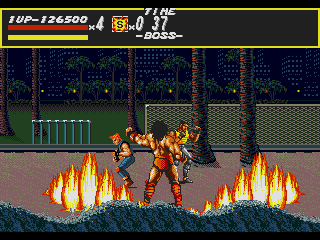
When Final Fight hit arcades it hit big. The beat em up genre existed long before it but Final Fight dragged it kicking and screaming into the modern age. Renegade may have started the genre and Double Dragon popularized it but Final Fight took the baton and ran with it. Every publisher wanted a piece of that action and tried with varying degrees of success. One of the biggest competitors came from Sega in the form of Streets of Rage.
Streets of Rage was released in 1991 for the Sega Genesis and follows the exploits of 3 ex-police officers: Adam, Axel, and Blaze. A crime syndicate has begun taking over the city piece by piece starting with the government and spreading to the police force. Its leader is shrouded in mystery making it that much harder to identify who is behind such an organized attack. Disgusted with the lack of cooperation from their superiors our 3 heroes quit the force and take matters into their own hands.
Like all beat em ups you progress to the end of the stage fighting everything in your path from dominatrices, street punks, to even motorcycle gang members. The first thing that stands out is your rather large arsenal of moves. My first introduction to the game came from this ad in the magazines of the day:
It is something to be proud of: most games in this genre suffer from repetition as you repeat the same punch, punch, kick combo from stage 1 to the final boss. As you can see that isn’t the case here. You have your choice from any of the 3 characters with slight differences: Adam is slow but powerful, Axel is balanced but has the weakest jumping ability and Blaze is fast but weak. These don’t really end up playing that big a factor as you progress through the 8 levels. Temporary weapons can be found in crates and barrels or dropped from enemies. When things get hectic you can call in assistance from a fellow officer who will set fire to everything on screen with a rocket launcher. Somehow this doesn’t kill you too. You only get 1 of these per life without finding a power-up and hilariously you can still call for help even on the elevator stage. To break the repetition there are numerous environmental hazards such as bottomless pits or machinery that can be used to kill enemies quickly
Although it isn’t as detailed as Final Fight this was still a great looking game. Something I didn’t pick up on in my initial run through the game: it takes place completely at night. This works amazingly well in setting the mood if you think about it; you sure as hell wouldn’t cause a ruckus like this during the daytime when your ex partners in arms would beat your ass too would you? It also plays to the Genesis’s strengths, as the palette is intentionally limited. The soundtrack to this day is still superb. Yuzo Koshiro was reknowned for getting the most out of the Genesis sound chip and does not disappoint, with an eclectic range in the tracks.
What doesn’t hold up are some of the gameplay elements. The lack of enemy variety is apparent after the first two levels as you’ll fight an endless parade of the same 2-3 enemies. This persists for a large portion of the game with new enemies being introduced slowly. However in total there aren’t more any more then 7 or 8 of them with the exception of the bosses. The bosses are some of the cheapest SOBs in the history of the genre, taking well over 60% of your life bar in 1-2 hits. I guarantee you’ll be saving your special attack to spam on these bastards. It’s a bit odd that with the exception of the bosses none of the enemies have lifebars or are even named. Granted it doesn’t really matter in the long run, just strange.
It’s a decent length for a game of this type but time has not been kind to this game. The far superior sequels make playing this game more of a curiosity than anything. There is still fun to be had but if you must play one game in the series go for part 2.

[nggallery id=47]


![Streets_of_Rage_(JUE)_[!]056](http://www.retrogameage.com/retrogameage/wp-content/uploads/2011/05/Streets_of_Rage_JUE_056-150x150.jpg)
![Streets_of_Rage_(JUE)_[!]071](http://www.retrogameage.com/retrogameage/wp-content/uploads/2011/05/Streets_of_Rage_JUE_071-150x150.jpg)
![Streets_of_Rage_(JUE)_[!]085](http://www.retrogameage.com/retrogameage/wp-content/uploads/2011/05/Streets_of_Rage_JUE_085-150x150.jpg)
![Streets_of_Rage_(JUE)_[!]133](http://www.retrogameage.com/retrogameage/wp-content/uploads/2011/05/Streets_of_Rage_JUE_133-150x150.jpg)
![Streets_of_Rage_(JUE)_[!]016](http://www.retrogameage.com/retrogameage/wp-content/uploads/2011/05/Streets_of_Rage_JUE_016-150x150.jpg)
![Streets_of_Rage_(JUE)_[!]044](http://www.retrogameage.com/retrogameage/wp-content/uploads/2011/05/Streets_of_Rage_JUE_044-150x150.jpg)
![Streets_of_Rage_(JUE)_[!]084](http://www.retrogameage.com/retrogameage/wp-content/uploads/2011/05/Streets_of_Rage_JUE_084-150x150.jpg)
![Streets_of_Rage_(JUE)_[!]128](http://www.retrogameage.com/retrogameage/wp-content/uploads/2011/05/Streets_of_Rage_JUE_128-150x150.jpg)
